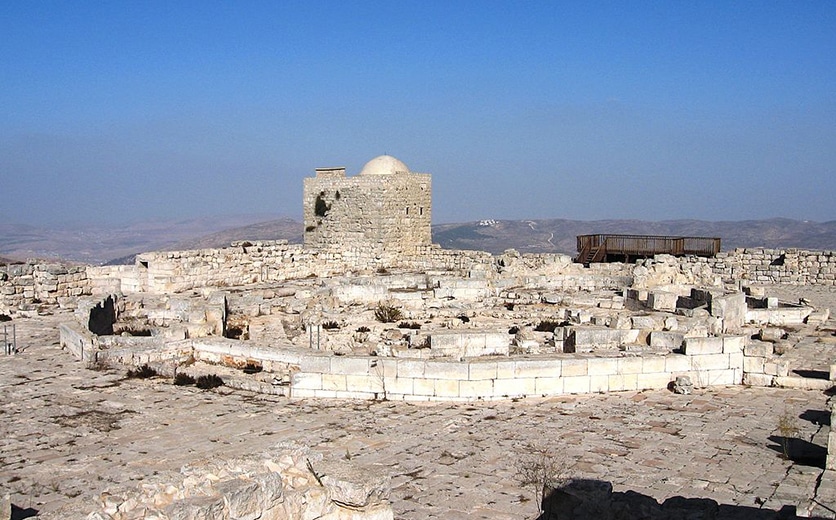A large, humped ruminant. The camel is frequently described in the Bible as a beast of burden and a riding animal, often in association with nomadic tribes. There is no archaeological corroboration for the camel being known in Palestine or Egypt at the beginning of the second millennium BCE. Still, the book of Genesis offers seventeen references to camels in the area at that time (Gen 12:16; Gen 24:10; Gen 31:17; Gen 32:15). (Gen 24) also furnishes information on the care of camels, including watering them (Gen 24:14, Gen 24:19-20), feeding them (Gen 24:25, Gen 24:32), and making them kneel (Gen 24:11). In the twelfth or eleventh century BCE, Palestine was invaded by nomadic Arab tribes (“Midianites”) riding on camels (Judg 6:5). After this time, the use of camels in Israel became common (1Chr 12:40; 1Chr 27:30). Although camels chew the cud, they do not have cloven hooves, so their meat was forbidden to the Israelites to eat (Lev 11:4; Deut 14:7). In NT times the camel continued to be used as a beast of burden. Jesus noted that “it is easier for a camel to go through the eye of a needle than for someone who is rich to enter the kingdom of God” (Matt 19:24; Luke 18:25). Jesus condemned and belittled the Pharisees for striving to strain out a gnat yet being willing to swallow a camel (Matt 23:24). John the Baptist wore clothing made of camel’s hair (Mark 1:6).




